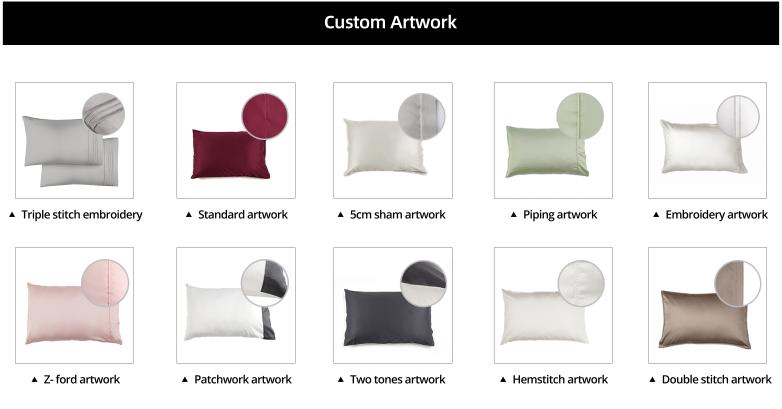One of the key benefits of using 108 by 20 fabric is its ability to create a cohesive look throughout a room. When used for curtains or drapes, the consistent width and length ensure a polished and tailored appearance. Additionally, the generous size means fewer fabric pieces are required, which can save both time and money.
...
2025-08-14 09:35
1539
